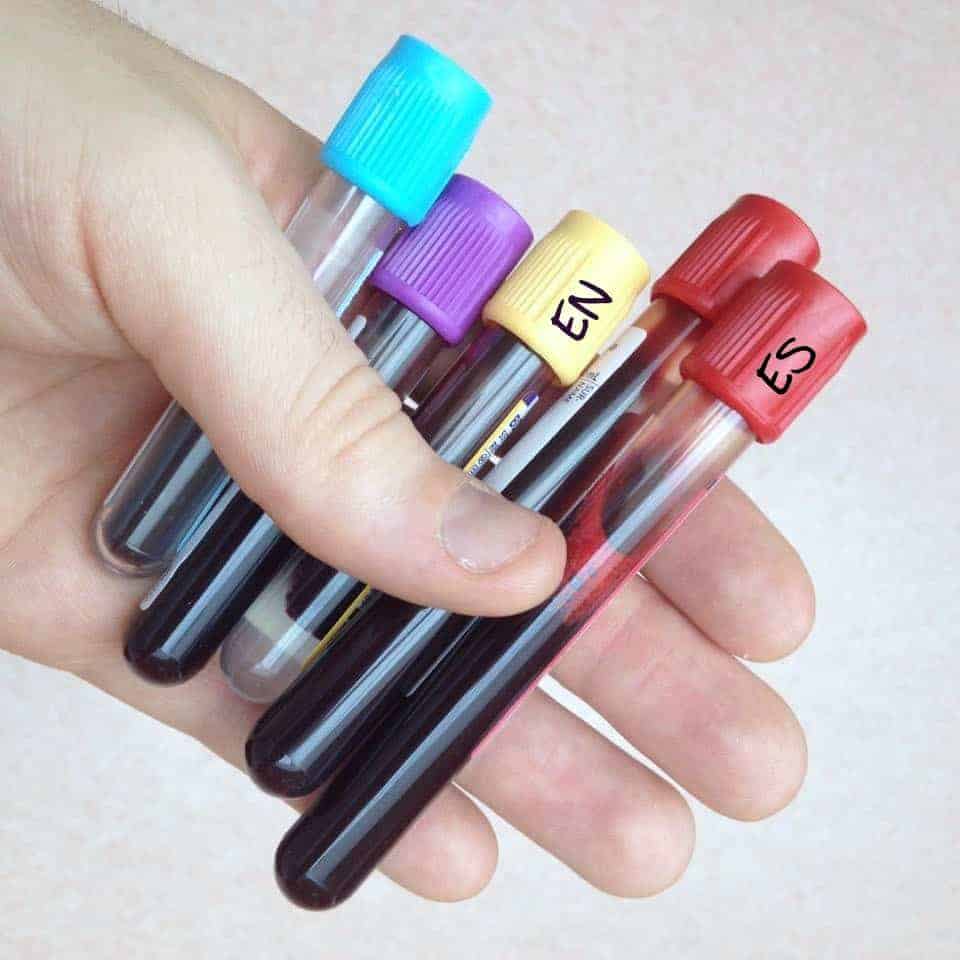
Medical translation: clinical trial protocols

By Cristina Ponte, Quality Controller at Nóvalo
In the article that I published a few months ago entitled An Introduction to Medical Translation I offered a brief general introduction to this specialised field of translation. On this occasion, I will focus the article on a more specific aspect of this vast field. Today, also in general terms, I will be discussingthe translation of clinical trial protocols.
If we are given the job of translating a clinical trial protocol, we can’t simply approach the task as if it were a highly specialised medical text. In Spain, biomedical research through clinical trials is subject to legislation so, when a pharmaceutical laboratory wants to perform a clinical trial in our country, it has to obtain proper authorisation to do so first. To obtain approval for a clinical trial, it is necessary to submit the relevant application form, together with a number of mandatory documents, including the protocol.
Before I continue, I should define and briefly explain the terms “clinical trial” and “clinical trial protocol” that I referred to in the previous paragraph.
A “clinical trial” is, in its broadest sense, “any research performed on human beings”.When a new active principle has undergone sufficient testing on in vitro models and experimental models (animals), clinical research on humans begins: the clinical trial. Clinical trials are a way of scientifically meeting the ethical need to guarantee the effectiveness and safety of the treatment received by patients and they offer a controlled, objective and reproducible method for measuring the effects of a treatment on health, thus making it possible to objectively determine its usefulness. A clinical trial still remains an “experiment” that involves human beings, and the very fact that the experiments are with people means that it has ethical implications that require extreme care, bearing in mind the possible impact of its results, since they may determine what treatment is given to a huge number of patients. There must therefore be three dimensions to a clinical trial:the methodological or scientific aspect, the ethical dimension and the legal or regulatory aspect, because it’s not only necessary to guarantee the reliability of the data, but the patients’ integrity and rights must also be protected. The Good Clinical Practice guidelines (GCP) exist for that purpose. This is an international ethical and scientific quality standard for the design, conducting, recording and dissemination of clinical trials involving human beings. “Compliance with this standard provides public assurance that the rights, safety and wellbeing of trial subjects are protected, consistent with the principles of the Declaration of Helsinki, also guaranteeing that the clinical trial data are credible”.
A “clinical trial protocol” can briefly be defined as “the set of instructions and relevant data that the researchers must follow and know in order to conduct a clinical trial”. This is a document that outlines the objectives, design, methodology, statistical considerations and organisation of a trial. The structure and content of the protocol must comply with the provisions of Royal Decree 223/2004, of 6 February, governing clinical drug trials conducted in Spain.
Having explained these two concepts, I will now get to the point and discuss the subject at hand:translating a clinical trial protocol.Firstly, as translators, we have to consider the following facts:
This is a document intended for ethics committees, regulatory authorities, researchers and monitors and the research team. Therefore, it uses scientific language:formal, highly specialised and technically very complex; it should be written in a precise, clear and concise way, with no room for ambiguity.
Apart from the terminology that might be considered to be specific to clinical trials —non-inferiority study, double-blind, inclusion criteria or primary endpoint—, it may include terms specific to a number of sciences and fields of knowledge:medicine —nasopharyngitis, insomnia or pneumonia—, chemistry (laboratory) —aspartate aminotransferase (AST), chloride or total bilirubin—, statistical —Kaplan-Meier plot, hazard ratio or Cox’s regression model—, etc.
I must repeat —because I already mentioned it in the previous article—: when translating a clinical trial protocol that has been written in English into Spanish, we have to resolve all of the issues that arise with virtually any translation from English to Spanish (medical or otherwise), such as overuse of the passive voice, capital letters and possessives. However, we also have to consider other issues specific to medical translations, such as the combined use of technical/medical terminology and terms that are less technical or unnecessary repetitions and even the overuse of certain words in the English text.
I would say that much has been written about this subject and, of course, by people who know lots more than me. So I am using this short article to highlight a number of highly useful resources. In my daily work, which includes translating and proofreading the occasional protocol, the EN-ES glossary of clinical trials Part 1 (A-M) and Part 2 (N-Z) clears up a lot of my doubts about specific terms relating to clinical trials. Also, while I was preparing this blog entry, I came across the article Translation of clinical trials: a question of protocol by Pablo A. Mugüerza Pecker, in which the author uses humour and numerous examples to explain some of the trickiest aspects of translating this kind of text. The same author brought us the English-Spanish translation manual for the protocols of clinical trials (Fundación Esteve), a reference work which I consider to be indispensable.
I must also mention the MEDDra dictionary (Medical Dictionary for Regulatory Activities), whose use is required by all clients who order translations of clinical trial protocols (although they have to give you access as it operates through subscriptions). This terminology is developed by the International Conference on Harmonisation of Technical Requirements for Registration of Pharmaceuticals for Human Use (ICH), which has the aim of providing standardised medical terminology to facilitate the exchange of information about medical products for human use in an international context.
I hope that you’ve found these brief descriptions useful. I will be back with more about these issues relating to medical translation that I love so much.
Catch you soon!







Sin respuestas a "Medical translation: clinical trial protocols"